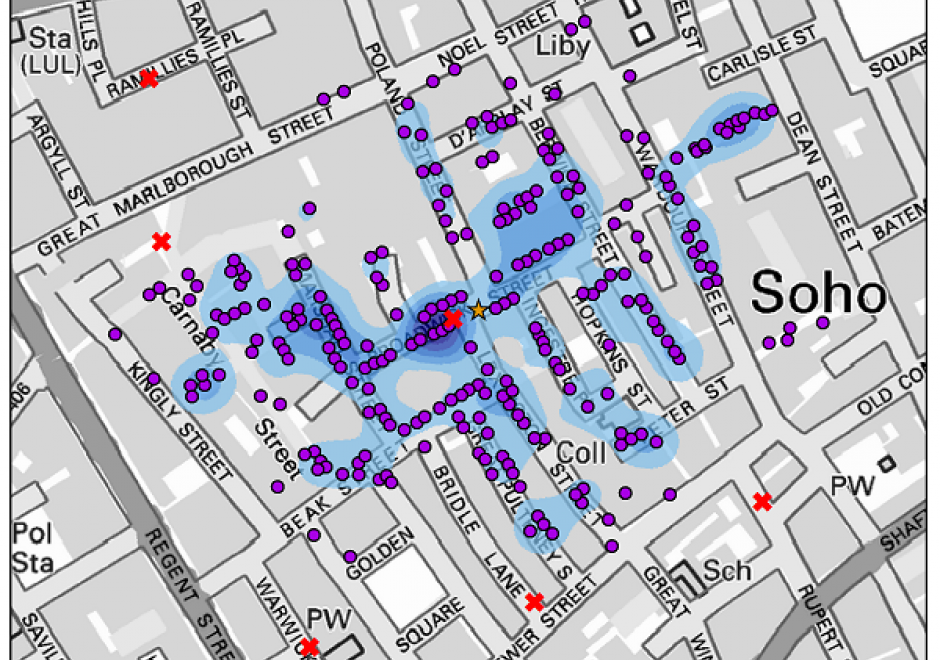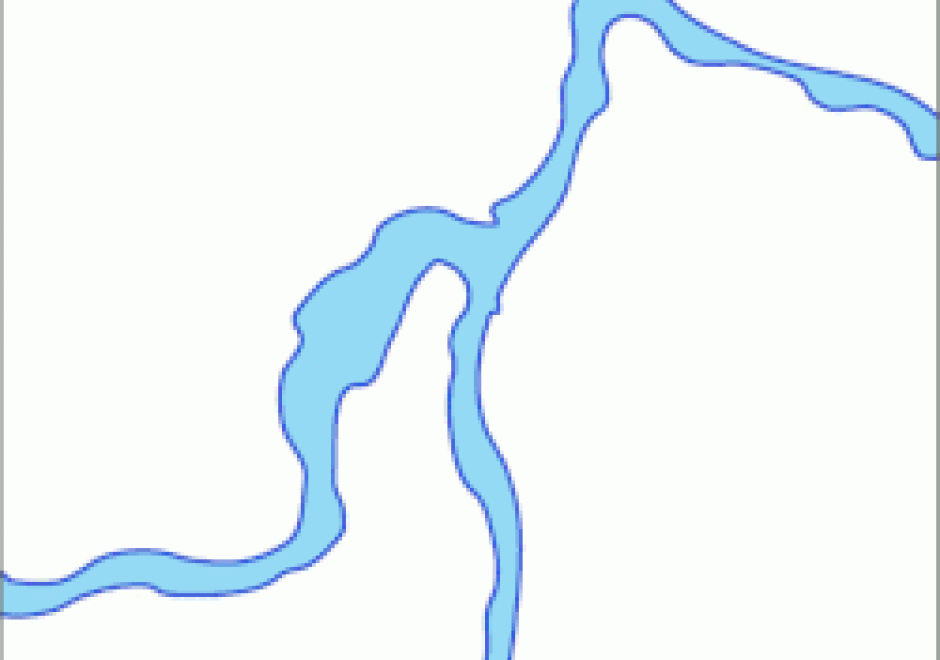AM-38 - Pattern recognition

- Differentiate among machine learning, data mining, and pattern recognition
- Explain the principles of pattern recognition
- Apply a simple spatial mean filter to an image as a means of recognizing patterns
- Construct an edge-recognition filter
- Design a simple spatial mean filter
- Explain the outcome of an artificial intelligence analysis (e.g., edge recognition), including a discussion of what the human did not see that the computer identified and vice versa





AM-04 - Overlay